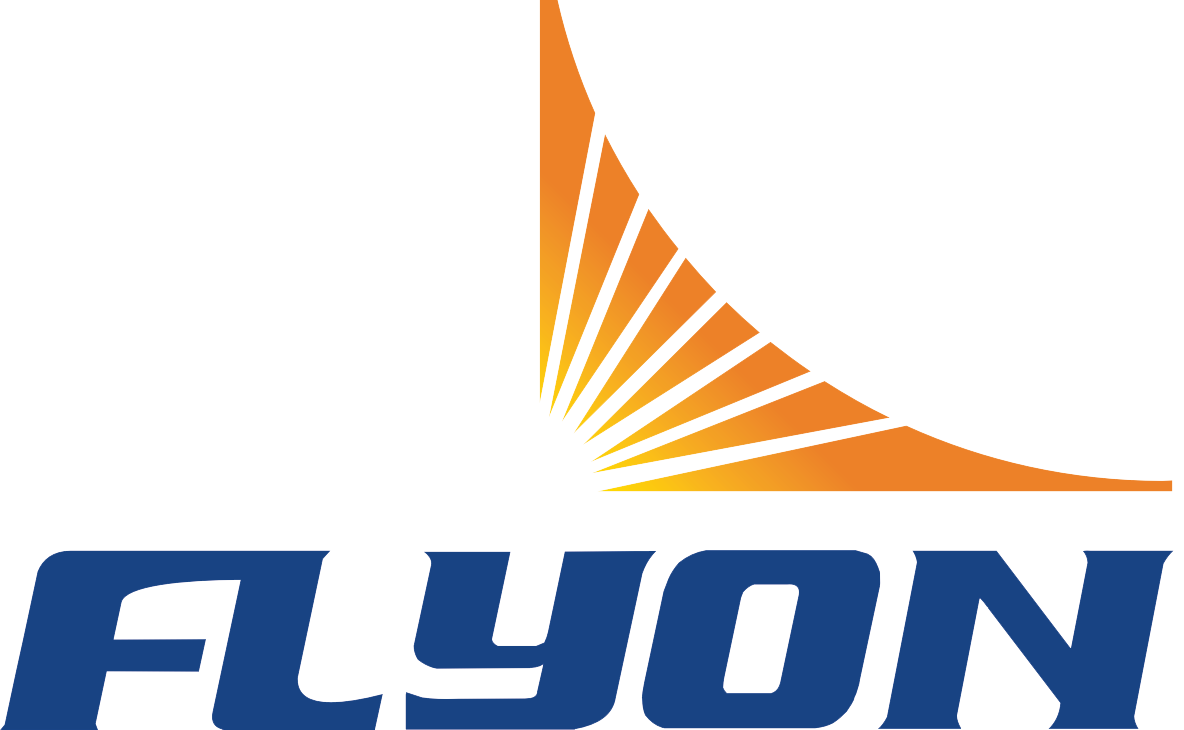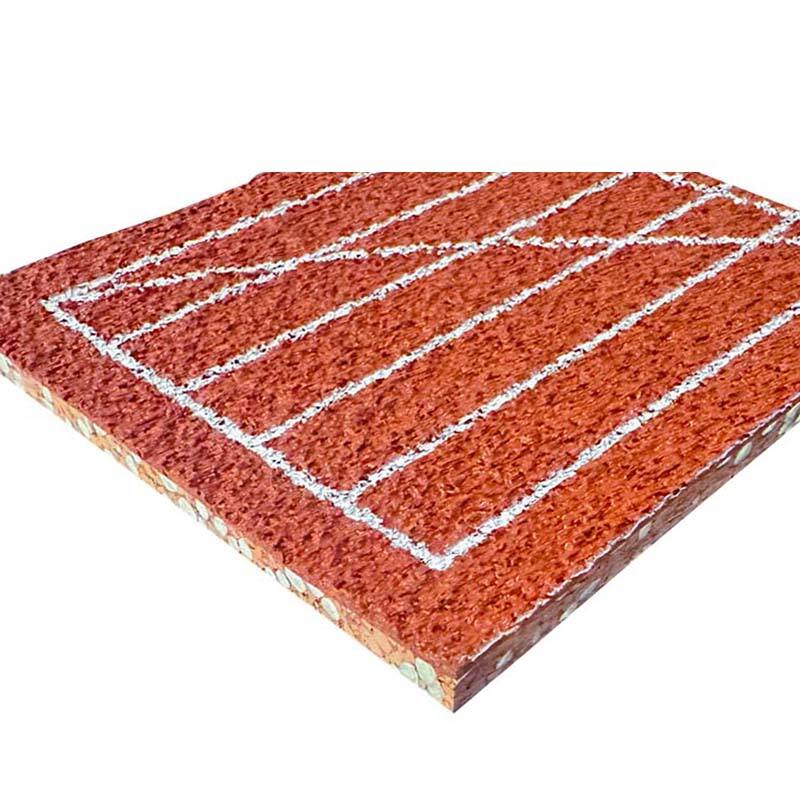Why Running Track Maintenance Matters: Safety, Longevity, and Cost Efficiency
Enhancing Athlete Safety Through Consistent Track Upkeep
Keeping running tracks in good shape can cut down on injuries by around 43% when compared to those left to deteriorate, according to research from the Ponemon Institute back in 2023. When tracks get regular attention, they maintain better shock absorption properties and fix problems before they become serious issues. Cracks and uneven spots that lead to slips and pulled muscles just disappear with proper care. Take a look at the latest Sports Facility Safety Report from 2024 for instance. They looked at dozens of high school and college tracks across the country and discovered something interesting: facilities that checked their tracks every month saw about 62% fewer injuries among athletes competing there. Makes sense really, since nobody wants to see someone go down because of preventable conditions on the track surface.
Extending the Lifespan of Synthetic Running Tracks With Preventive Care
Synthetic tracks lose 30% of their elasticity within 5 years without preventive care, leading to premature hardening. Regular cleaning removes abrasive particles, while UV-resistant coatings minimize sun damage. Proactive maintenance can extend track lifespans by 5-8 years, delaying costly resurfacing projects.
Reducing Long-Term Costs via Early Detection and Routine Inspections
| Maintenance Strategy | Cost Impact | Result |
|---|---|---|
| Biweekly inspections | $200/year | Avoids $12k seam repairs |
| Annual surface coatings | $1.5k/year | Prevents $45k water damage |
| Crack sealing within 48 hours | $50/repair | Eliminates $8k subsurface erosion |
Data-driven maintenance plans reduce repair costs by 60% over a decade compared to reactive approaches.
The Hidden Cost of Neglect: How Minor Issues Lead to Major Repairs
Left alone, even a small 2 inch crack in pavement can grow into something massive over time. We've seen instances where these cracks turn into 15 foot long fissures just six months later, which means tearing out entire sections instead of fixing what's broken. The numbers tell an interesting story too. At the University of Texas track facilities back in 2023, they waited too long on some drainage issues. What started as minor problems eventually caused nearly 740 thousand dollars worth of damage below ground level. And here's the kicker: all of this could have been avoided with regular maintenance costing around eighteen grand each year. Sometimes spending a little now saves a fortune later.
Daily and Weekly Cleaning Routines to Preserve Surface Integrity
Removing Debris and Preventing Buildup With Daily Maintenance
Consistent debris removal preserves running track surfaces by preventing abrasive particles from embedding into synthetic materials. Prioritize daily sweeping in high-traffic zones like sprint lanes and field event areas, where grit accumulation is heaviest. Facilities that skip daily cleaning often face accelerated wear patterns, requiring more frequent resurfacing.
Using Soft-Bristle Brooms and Leaf Blowers to Avoid Surface Damage
Opt for soft nylon brooms and low-speed leaf blowers to clear debris without damaging track coatings. Stiff bristles and high-pressure air streams degrade surface texture, compromising safety and performance. Proper tool selection reduces microscopic abrasions that lead to premature cracking.
Post-Event Rinsing to Prevent Dirt Accumulation and Biological Growth
Rinse tracks with low-pressure water (<800 PSI) within 2 hours after competitions to remove sweat and organic matter. This inhibits bacterial growth and prevents mineral deposits from bonding to rubber surfaces—a critical practice in humid environments where moisture accelerates contamination.
Best Practices for Scheduling and Documenting Routine Cleaning
Implement maintenance calendars tracking:
- Dawn/dusk sweeping schedules to avoid disrupting athletes
- Weekly equipment checks for bristle wear and nozzle damage
- Seasonal adjustments for pollen or leaf fall patterns
Digital logs provide audit trails for warranty compliance and help optimize staff workflows.
Deep Cleaning Every 3-4 Years: Methods and Advanced Solutions
Revitalizing Performance and Appearance With Periodic Deep Cleaning
According to research from the Sports Surface Maintenance Journal in 2022, synthetic running tracks tend to lose about 12 to 15 percent of their ability to absorb shocks after just four years if nobody does anything about it. When we clean these surfaces thoroughly every three to four years, it gets rid of all those tiny bits of dirt and debris that actually speed up the wear and tear. This kind of maintenance brings back around 90% of what the track used to do when it was new in terms of cushioning runners' feet. Plus there's another benefit too the colors look much better again because this process takes away both the faded rubber bits caused by sun exposure and those annoying stains from mold and algae growth.
Vacuum Extraction: Effective Cleaning With Minimal Surface Impact
Low-profile vacuum systems extract contaminants from the track’s base layer without abrasive contact. Unlike mechanical brushing, this method:
- Removes 98% of sub-surface debris
- Preserves critical texture depth (1.5-2mm ideal for traction)
- Completes full-track cleaning in 6-8 hours
Pressure Washing Risks and Safer Alternatives for Synthetic Running Tracks
High-pressure water jets (1,200 PSI) erode bonding agents between rubber granules, creating vulnerability to freeze-thaw damage and seam separation. Certified technicians instead use:
| Method | PSI Range | Water Consumption | Drying Time |
|---|---|---|---|
| Low-pressure washing | 300-500 | 50 gal/hr | 2-3 hours |
| Rotary surface scrub | N/A | 12 gal/hr | 45 minutes |
Integrated Systems for Superior Cleaning Results
Modern cleaning rigs combine vacuum extraction, temperature-controlled rinsing (50-60°F optimal for rubber preservation), and immediate moisture removal. These systems reduce biological growth risks by 83% compared to manual methods while maintaining consistent surface friction coefficients critical for athlete performance.
Preventive Inspections and Timely Repair of Minor Damages
Identifying Early Signs of Wear, Seams Separation, and Surface Cracks
Small flaws such as thin cracks under 1 mm thick or seams that have started to lift off actually cut down on grip and raise the chance of getting hurt by around 19 percent according to research from the Sports Surface Safety Council back in 2023. Experts trained for this kind of inspection typically run their hands over surfaces while also using special devices called moisture meters to spot hidden gaps beneath what we can see with our eyes alone. There's another trick too - infrared cameras help catch problems with synthetic track materials long before anyone notices anything wrong just looking at the surface itself. These early warning signs matter a lot when it comes to keeping athletes safe during training sessions and competitions alike.
Conducting Structured Track Assessments During Routine Checkups
A 4-point inspection protocol maximizes preventive maintenance efficiency:
- Perimeter edge stability checks
- Surface flatness testing with 3m straightedges
- Impact absorption verification
- Water infiltration analysis
Scheduled assessments every 90 days align with structured maintenance guidelines from leading infrastructure analysts, helping identify 83% of developing issues before they affect athletic performance.
Addressing Common Small Damages Before They Compromise Safety
Immediate repair protocols for minor defects:
- Surface cracks: Clean and fill with polyurethane resin within 48 hours
- Loose seams: Re-bond with industrial adhesive under tension
- Wear patterns: Apply targeted spray repair to restore texture
This proactive approach prevents 62% of major track rehabilitation costs according to athletic facility maintenance records, while maintaining consistent running surface performance.
Managing Drainage Issues to Maintain Running Track Performance
How Poor Drainage Threatens Track Integrity and User Safety
Poor drainage is not just an annoyance but actually poses real safety problems right away and speeds up how fast tracks break down over time. When water stands on those synthetic surfaces, athletes are at risk of slipping, especially during games when they need to make quick turns and stops. Moisture that pools around also feeds all sorts of biological stuff growing on the surface. Mold and algae can take hold within just three days if conditions are right, says a recent report from sports facility maintenance folks in 2024. This kind of growth eats away at the rubber materials used in tracks and makes certain areas slicker than others. Water collecting underneath the surface isn't any better either. It actually weakens the asphalt foundation beneath, which leads to cracks appearing way before they should and ends up costing a fortune to fix.
Design and Maintenance Strategies for Effective Water Runoff
Preventive drainage systems require strategic engineering paired with consistent upkeep. During track construction, experts recommend:
- 1-2% cross slope: Ensures efficient water migration to perimeter drains
- Slot drains along outer lanes: Captures runoff without creating tripping hazards
- Geotextile filtration layers: Prevents soil contamination of drainage pipes
The Track & Field News Facility Maintenance Guide emphasizes weekly inspections of drain inlets during leaf-fall seasons, when organic debris most commonly causes blockages.
Solutions for Standing Water and Blocked Drainage Systems
| Intervention | Frequency | Equipment Needed |
|---|---|---|
| Hydro-jetting | Biannually | High-pressure water units |
| Root barrier audits | Annually | Ground-penetrating radar |
| Surface laser leveling | Every 5 years | Precision grading tools |
For tracks with recurring drainage failures, vacuum-assisted debris removal extracts compacted leaves and soil from pipe networks without damaging surrounding infrastructure. Seasonal application of enzymatic cleaners further prevents organic buildup in moisture-prone areas.
FAQ
Why is regular running track maintenance important for safety?
Regular maintenance of running tracks ensures they retain their shock-absorption properties and fix minor issues before they become major hazards, reducing injury risks by up to 43%.
How does preventive maintenance extend the lifespan of synthetic tracks?
Preventive care, such as cleaning and applying UV-resistant coatings, prevents premature hardening and extends the track’s lifespan by 5-8 years, delaying the need for costly resurfacing.
What are the cost benefits of routine track inspections?
Routine inspections and early detection of issues can reduce repair costs by 60% over a decade compared to reactive maintenance approaches.
How does poor drainage affect track conditions?
Poor drainage can cause safety hazards and accelerate track deterioration, leading to costly repairs due to waterlogged surfaces and weakened structures underneath.
What cleaning tools are recommended for synthetic track surfaces?
Soft nylon brooms and low-speed leaf blowers are recommended to avoid damaging the track surface, which prevents abrasions that lead to premature cracking.
Table of Contents
- Why Running Track Maintenance Matters: Safety, Longevity, and Cost Efficiency
- Daily and Weekly Cleaning Routines to Preserve Surface Integrity
- Deep Cleaning Every 3-4 Years: Methods and Advanced Solutions
- Preventive Inspections and Timely Repair of Minor Damages
- Managing Drainage Issues to Maintain Running Track Performance
- Design and Maintenance Strategies for Effective Water Runoff
- Solutions for Standing Water and Blocked Drainage Systems
-
FAQ
- Why is regular running track maintenance important for safety?
- How does preventive maintenance extend the lifespan of synthetic tracks?
- What are the cost benefits of routine track inspections?
- How does poor drainage affect track conditions?
- What cleaning tools are recommended for synthetic track surfaces?
 EN
EN
 AR
AR
 FR
FR
 PT
PT
 RU
RU
 ES
ES
 BG
BG
 HR
HR
 CS
CS
 DA
DA
 NL
NL
 FI
FI
 DE
DE
 EL
EL
 HI
HI
 IT
IT
 JA
JA
 KO
KO
 NO
NO
 PL
PL
 RO
RO
 SV
SV
 CA
CA
 TL
TL
 ID
ID
 SR
SR
 SK
SK
 UK
UK
 VI
VI
 HU
HU
 TH
TH
 TR
TR
 MS
MS
 AZ
AZ
 KA
KA
 BN
BN
 LO
LO
 MN
MN
 MY
MY
 UZ
UZ


